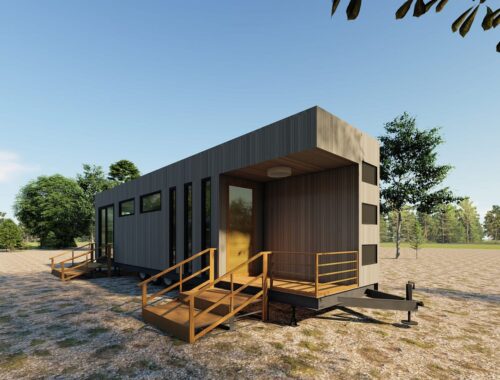Everest Summit Bids Cut Short by Equipment Failure
>
In the early hours of May 16, Adrian Ballinger, founder of Alpenglow Expeditions, was making his way up the North Side of Everest with 13 Sherpa and 13 clients when their oxygen tanks started to hiss and roar, expelling all their precious oxygen into the thin air. The team was at 8,500 meters when, in quick succession, 10 of their 39 oxygen-bottle regulators failed spontaneously and without warning within three minutes, according to Ballinger.
The regulator controls the flow of oxygen between the bottle and the mask. If it fails, there will be no oxygen flowing into the mask. Several of the Alpenglowguides and Sherpas gave their working regulators to the clients, then the group descended together. Jim Morrison, a client on the climb, wrote on Facebook that a Sherpa on the team "just took his mask and handed it to me. We descended and shared the one mask, me on it and him refusing to take it." All clients, guides, and Sherpa are now at or below Camp II and safe.
Ballinger says Alpenglow was using Summit Oxygen regulators at the time. I've personally used SO systems several times with complete success. When I spoke with Ballinger by satellite phone Wednesday morning, he was quick to say he was not criticizing the company, but that he wanted to get the word out about the malfunction he experienced. Before Wednesday, he said he had used SO for six years with no problems. After we got off the phone, four more SO regulators on the Alpenglow expedition failed, according to Ballinger.Over the course of the morning, two other teams—Transcend and Furtenbach—would also report failures of SO regulators, but both had enough spares to continue their climbs.
At 10 a.m. local time, Alpenglow issued the following statement:
Both of our Alpenglow Expeditions teams, along with other teams on Everest, were utilizing an industry standard supplemental oxygen system during their summit push. When multiple of the team’s oxygen bottle regulators malfunctioned, the team made the difficult decision to stop their summit push and return to lower elevation.
Since this time, it has become apparent that a defective batch of oxygen bottle regulators was released. Multiple teams using the same device have experienced similar oxygen system failures. There are no reported injuries at this time.
In my experience, this level of regulator failure is extremely rare. There may be one or two that fail each season, but not 10 simultaneous blowouts like Alpenglow experienced. I have found these devices to be a bit fragile, and when I've screwed the regulator onto the oxygen bottle at an incorrect angle, the seal can leak. If either dirt or water gets in the seal, it can also cause problems. That said, I'm not suggesting operator error by the extremely experienced Alpenglow team (or by Transcend and Furtenbach either).
On Wednesday morning, I spoke with Neil Greenwood, the director at Summit Oxygen. "It is very difficult to ascertain the cause of such a failure at this time without being able to inspect the equipment," Greenwood says. "The manufacturing and testing process of the regulators has not changed and all of the regulators supplied to Alpenglow for the 2018 season had been previously used. The connection and disconnection procedure of the regulator to a cylinder is particular to this application and if the dynamic O ring is broken in the process it can cause problems, however, I suspect this is not the case in this situation."
"Based on the information we have from Adrian, I suspect that the pressure relief valve has functioned," Greenwood continued. "The PRV is a safety mechanism to protect the low pressure side of the regulator from high pressure. If this is the case, we will need to investigate what caused the pressure to increase and thus the PRV to function. I'm extremely glad to know that all the team members are safe."
According to Ballinger, his team extensively tested the regulators before summit day and did not find any issues. "We tested every reg and mask at 6,400 meters before taking them uphill," Ballinger says. "This problem did not manifest until very high on mountain."
You May Also Like

FACTORS AFFECTING THE SERVICE LIFE OF GEOTEXTILES: DURABILITY AND MAINTENANCE
December 9, 2024
Automatic Weather Station: Real-Time Environmental Monitoring and Data Collection
March 14, 2025